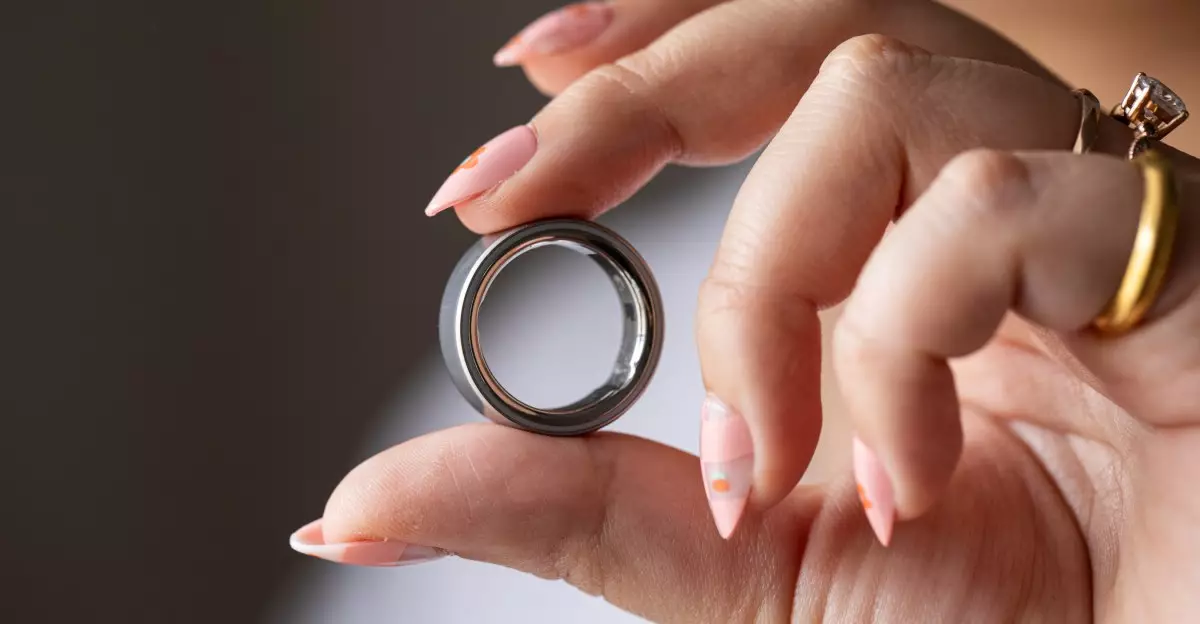In the realm of modern technology, smartwatches are no longer mere accessories but essential tools that seamlessly blend health, connectivity, and style. The ongoing Amazon Prime Day exemplifies a rare opportunity where innovation meets affordability. Traditionally, gadgets like the Apple Watch Series 10 or the Google Pixel Watch 3 punctuate the premium segment, often priced beyond casual consumers’ reach. However, during this event, their prices plummet to unprecedented lows, transforming aspirational devices into accessible necessities.
This shift isn’t just about grabbing discounts; it signifies a broader cultural embrace of wearable technology. As fitness trends surge and digital wellness becomes mainstream, consumers are increasingly viewing smartwatches as integral to their lifestyle. The discounts serve as an invitation—a rallying cry—for those hesitant to invest in tech that can genuinely transform daily routines.
Why Waiting Could Mean Missing Out on Lifelong Benefits
The timing of these deals couldn’t be more strategic. Major discounts on top-tier devices like the Apple Watch Ultra 2 or the Pixel Watch 3 are rarely seen outside holiday sales. Typically, prices dip during Black Friday or Cyber Monday, but this prime window allows consumers to access cutting-edge features without the hefty price tag. Such gadgets empower users to monitor their health metrics with precision—tracking sleep patterns, heart rate, steps, and even calorie expenditure—without the manual effort of traditional logging.
More importantly, these devices are no longer just fitness trackers; they are communication hubs. Checking notifications, receiving calls, or controlling music directly from your wrist reduces the need to constantly pull out your phone. This seamless connectivity reshapes how we stay informed and engaged throughout the day, allowing us to be more present while staying connected.
The Power Shift Toward Health & Wellness
Modern smartwatches are fundamentally about empowering individuals to take charge of their health. The Apple Watch Series 10 exemplifies this shift with its expansive, vibrant display, thinner profile, and faster charging capabilities—all wrapped in a package designed for everyday use. Its wellness features—sleep tracking, heart health monitoring, and activity recognition—are now staples, but their significance lies in how accessible they’ve become.
Meanwhile, the Amazfit Active 2 stands out as a budget-friendly champion, providing an impressive suite of health insights, built-in GPS, and AI chatbots that contextualize personal data in real-time. Devices like these lower barriers for newcomers to digital wellness, encouraging widespread adoption and fostering healthier habits.
The emergence of specialized devices like the Garmin Lily 2 or Oura Ring 4 indicates a granular approach to health tracking—catering to casual users and enthusiasts alike. The Oura Ring, with its enhanced accuracy and AI-powered features, exemplifies how wearable technology is evolving from simple step counters into sophisticated health partners. These devices don’t just measure; they inform, motivate, and help prevent health issues before they escalate.
Beyond Fitness: The Smartwatch as a Lifestyle Catalyst
Smartwatches now serve as lifestyle catalysts, blending utility with personalization. The Samsung Galaxy Watch 7, for instance, offers LTE connectivity, ensuring users stay wired even when away from their phones. Its sleek design and customizable options like the Bespoke Edition make it a statement piece that complements any wardrobe.
Voice-controlled devices like the Fitbit Charge 6, with its integrated Google Maps and responsive heart rate broadcasting, propel fitness tracking into a real-time, interactive experience. Meanwhile, devices like the Galaxy Ring highlight how wearables are branching into new form factors, providing discreet, subscription-free options that emphasize hardware excellence over digital subscriptions.
Specialized gadgets like the Garmin Venu Sq 2 are perfect for users seeking long battery life and comprehensive fitness features without ongoing costs. These options collectively demonstrate how consumers can tailor their wearable experience to match their lifestyle, budget, and fitness goals.
The Critical Takeaway: Invest in Your Future Self Now
This moment in time underscores an important message: the benefits of wearable technology extend beyond immediate convenience. Smartwatches and fitness trackers are investments in long-term health, productivity, and overall well-being. The discounts available during Amazon Prime Day aren’t just fleeting savings—they are catalysts for meaningful lifestyle changes.
The devices on offer aren’t just flashy electronics; they are tools that can help prevent illness, enhance performance, and deepen the connection between mind and body. Ignoring these opportunities risks missing out on transformative potential that, if embraced early, can yield lifelong benefits.
The current market climate clearly indicates that wearable tech is moving from luxury to necessity. Whether it’s the elegant design of the Apple Watch Ultra 2 or the versatile functionality of the Pixel Watch 3, these gadgets are poised to become your most valuable personal assistants. The question isn’t whether you should buy one but when—because now is undeniably the best time to start your journey toward a healthier, more connected self.

